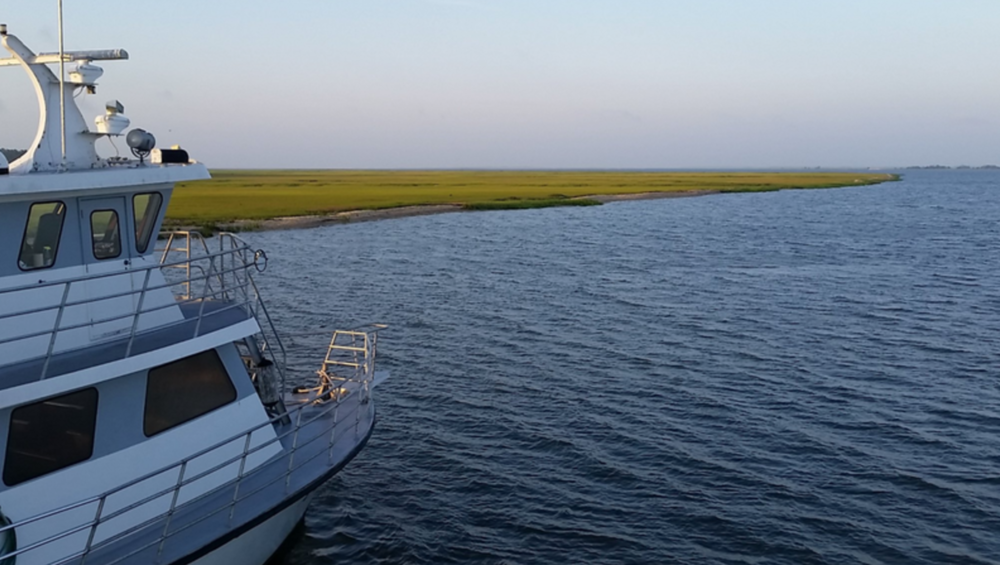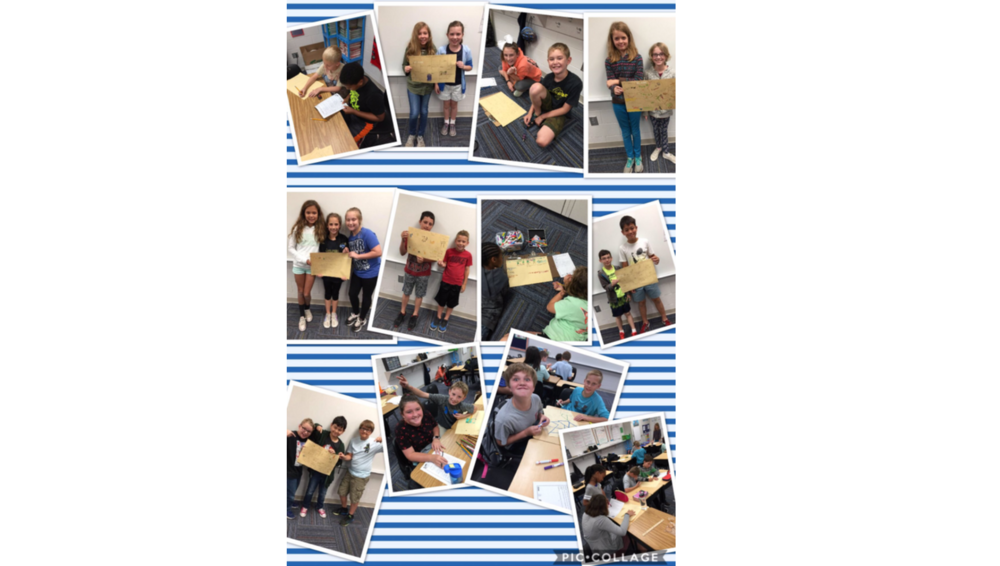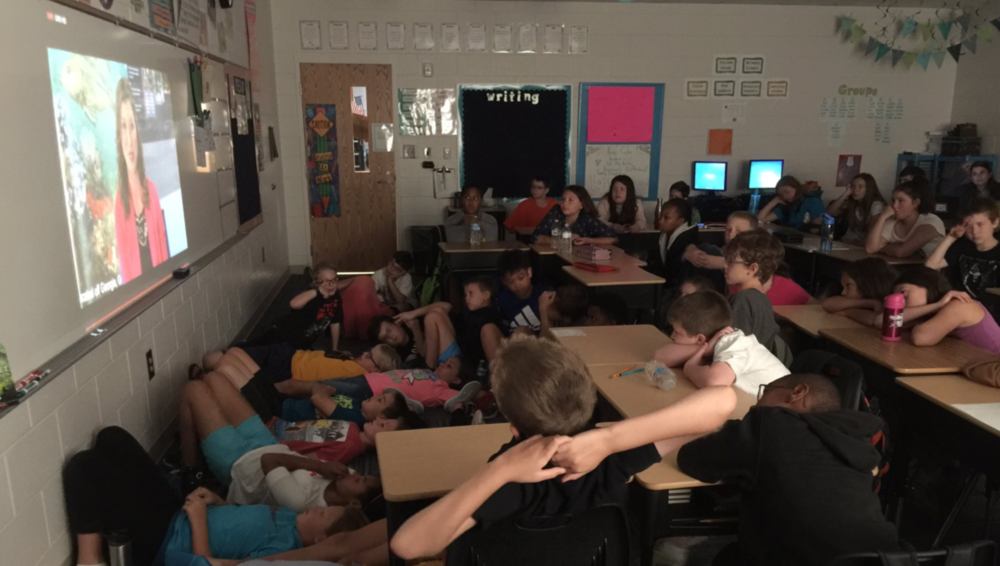
Section Branding
Header Content
Using Gray's Reef Live To Foster ELA, Science and Technology Integration
Primary Content

A few weeks ago, I received an e-mail from GPB Education inviting me to participate in a live stream featuring Gray’s Reef National Marine Sanctuary. I was beyond excited because not only do I love teaching and learning about the ocean, but I knew there was an opportunity to integrate my English Language Arts standards into this event. Living so close to the coast, I am always trying to take advantage of any opportunity to connect our outside world inside the walls of my classroom. If, however, I am being honest, the idea of full integration has always intimidated me since this is not how I was taught in college or trained when I first started teaching. I knew then this live exploration would be a great opportunity to “get my feet wet.”
I shared the email with my students about the Gray’s Reef event and the buy-in was immediate. I knew that the first step toward integration was to use the resources GPB Education provided. They sent a list of vocabulary words that I wanted students to know, understand, and be able to hear in context to make this live stream experience meaningful. To successfully check for understanding, I had students create posters in which they had to use the list of words and definitions to make a sentence and draw a picture. This was a visual way for me to see whether or not students understood the higher-level science vocabulary and clear up any misconceptions.

Next, we watched videos featuring Grey’s Reef National Marine Sanctuary so that students would have background knowledge of the program, its mission, and what the marine biologists and scientists have experienced and discovered over the years. All of my students immediately had questions! They wanted to know how the scientists protected the reef, why certain animals were endangered, what species of ocean life was most common in the reef, and the list goes on! I could hear the vocabulary from the poster activity highlighted in their questions, which was extremely rewarding. I had students write down their questions and explained to them that on the day of the live stream, I would be able to submit many of their questions to the scientists, Sarah and Scott.
Finally, the day of the live stream arrived and I piled all 55 of my 5th grade English Language Arts students into my room. You could sense their excitement as they waited to see the reef and hear the experts talk about their experiences. When vocabulary words popped up on the screen or were used in dialogue, students were able to point out the words and I could tell that they knew what these experts were talking about.

While the students learned a lot from this experience, I learned something new about myself as a teacher. This event reinforced that even when I may feel like I have a thousand standards to cover in a short period of time, there is great value in pre-teaching concepts so that students can get the most out of a lesson or experience. Furthermore, the technology of the live stream kept my students engaged because they felt as if they were actually a part of the discussion, that they had a role in this learning experience. An integrated activity such as this allows subject areas like science to frame my reading and writing instruction. I am thankful that GPB Education shared this opportunity with teachers and I look forward to participating in similar activities in the future!





